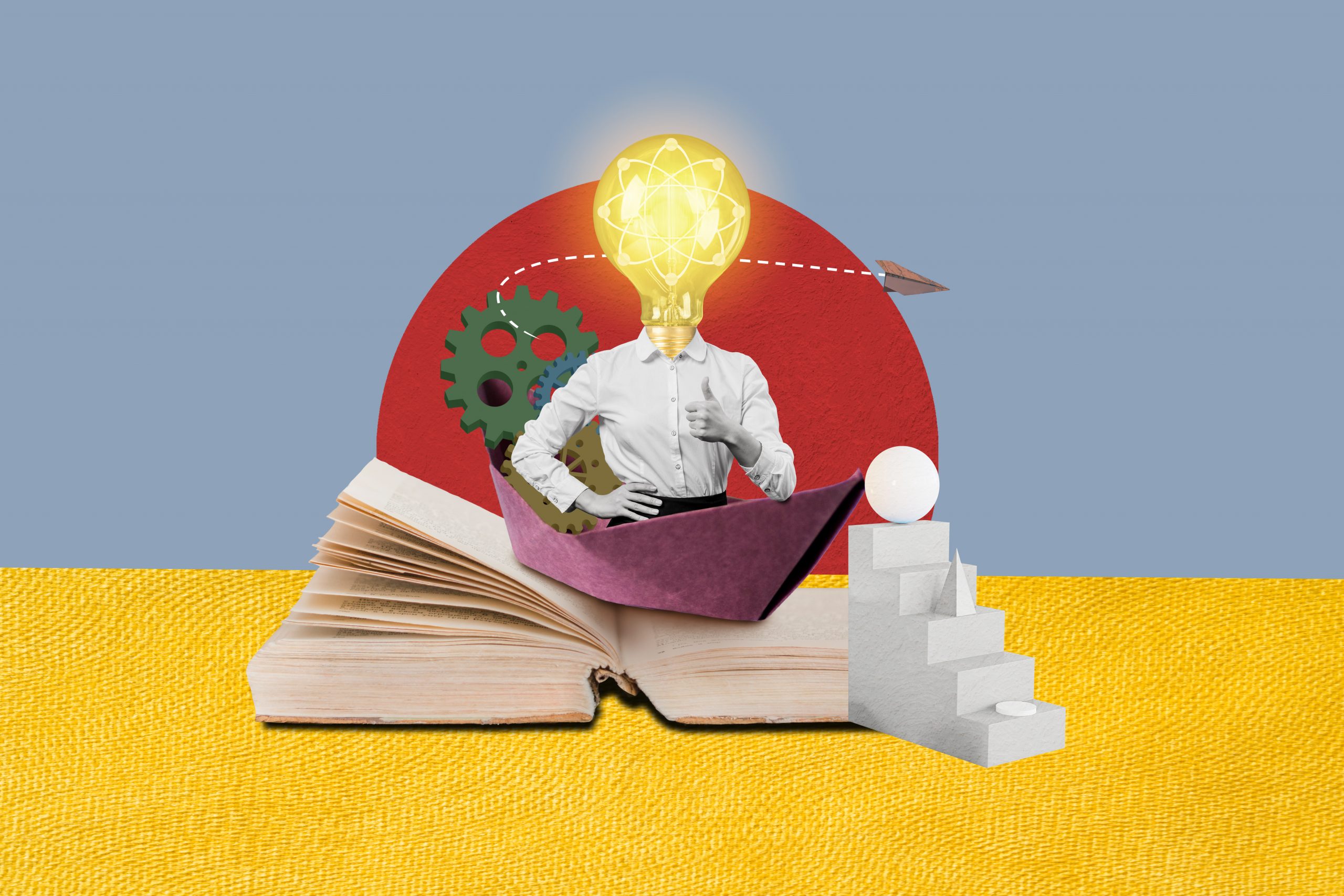Education is a powerful tool that has the potential to shape the future of our society. As educators, it is our responsibility to foster curiosity, critical thinking, future readiness, and creativity in our students. Creativity not only sparks imagination but also enhances problem-solving skills and promotes innovative thinking. By incorporating creative teaching methods into our classrooms, we can unlock the full potential of our students and create a love for lifelong learning.
The Power of Creativity in Education
Extensive research has shown that incorporating creativity into education yields remarkable results. When students are engaged in creative activities, they become active participants in their own learning journeys. This active engagement promotes higher levels of learning power, retention, and application of knowledge.
Teachers play a pivotal role in cultivating creativity in learners. By fostering an environment that encourages exploration, risk-taking, and innovative thinking, educators can nurture the powerful creative potential within every student.
Out-of-the-Box Approaches to Inspire Learning
Education doesn’t have to be all work and no play. In fact, incorporating games into the classroom can be an incredibly effective teaching method. Game-based learning leverages the principles of gamification, engaging students through interactive and immersive experiences.
From educational apps to virtual reality games, numerous tools and platforms are available to make learning more enjoyable. For instance, in mathematics, teachers can introduce gamified applications that challenge students to solve problems within a specific timeframe, boosting their critical thinking and numerical problem-solving skills.
Project-Based Learning
Project-based learning is another technique that stimulates creativity while fostering teamwork and independent thinking. Instead of relying solely on textbooks, students are tasked with real-world projects that require them to delve deeper into a subject through research, problem-solving, and application of knowledge.
Imagine a science project where students have to design and build a functioning solar-powered vehicle. Not only does this project inspire creativity, but it also encourages students to collaborate, innovate, and think critically to overcome various challenges.
Flipped Classroom
The conventional model of teaching often relies on lectures and note-taking, which can hinder student engagement and active participation. Flipped learning, however, flips this dynamic by assigning lectures or presentations as homework, and dedicating the classroom time to discussion, problem-solving, and collaborative activities.
This approach allows students to explore new concepts at their own pace, reinforcing comprehension. For instance, students can watch educational videos or read an article before coming to class, and then engage in lively discussions, group work, or hands-on experiments related to the material they have already covered. This not only promotes critical thinking but also encourages students to take ownership of their learning process.
Encouraging Creativity Through Artistic Expression
Art has long been recognised as a powerful tool for self-expression and creativity. Integrating visual arts into traditional subjects can ignite students’ imaginations and enhance their understanding of complex concepts. For instance, in literature, students can be encouraged to create visual representations of scenes from a book they are studying, allowing them to convey their interpretations in a creative and visually stimulating way.
By incorporating drawing, painting, or sculpting into the curriculum, teachers can tap into their students’ artistic abilities, fostering divergent thinking and multidimensional learning experiences.
Utilizing Music and Rhythms
Music has a unique way of capturing emotions and stimulating the brain. Integrating music and rhythms into the learning process not only enhances memory retention but also improves focus and concentration.
Teachers can explore incorporating music activities in various subjects. For example, history lessons can come alive through the creation of subject-specific songs that help students memorise key events. Additionally, rhythmic exercises can be used in mathematics to reinforce counting and multiplication tables.
Technology-Based Strategies for Innovative Teaching
Technology has revolutionised the way we live and learn, and it also plays a crucial role in fostering creativity in the classroom. Interactive multimedia tools, such as virtual reality, augmented reality, and 360° videos, provide students with immersive and engaging learning experiences.
Imagine studying geography by virtually exploring the world’s natural wonders or reenacting historical events by immersing into a virtual time machine. Such experiences not only make learning more exciting but also enhance students’ understanding and long-term retention of the subject matter.
Social Media Integration
While social media platforms often have negative connotations, when used appropriately, they can serve as powerful educational tools. Teachers can leverage social media platforms to create a collaborative and inclusive learning environment.
By using discussion forums, class-specific hashtags, or dedicated social media groups, educators can encourage students to share their thoughts, ask questions, and participate in ongoing conversations related to various subjects. This integration fosters engagement, strengthens communication skills, and encourages students to think critically while being mindful of digital etiquette.
Conclusion
Teaching creatively is one of the most impactful 21st century skills for an educator as it helps one to nurture the diverse talents and abilities of our students. By incorporating game-based learning, project-based learning, flipped classroom techniques, visual arts, music and rhythms, as well as technology-based strategies, we can unlock the creative potential within each student, fostering a lifelong love for learning and an ability to adapt and thrive in an ever-evolving world. Let us create an educational environment where imagination knows no bounds and where students can unleash their full potential.
For more teacher resources like this, visit www.zamit.one.


